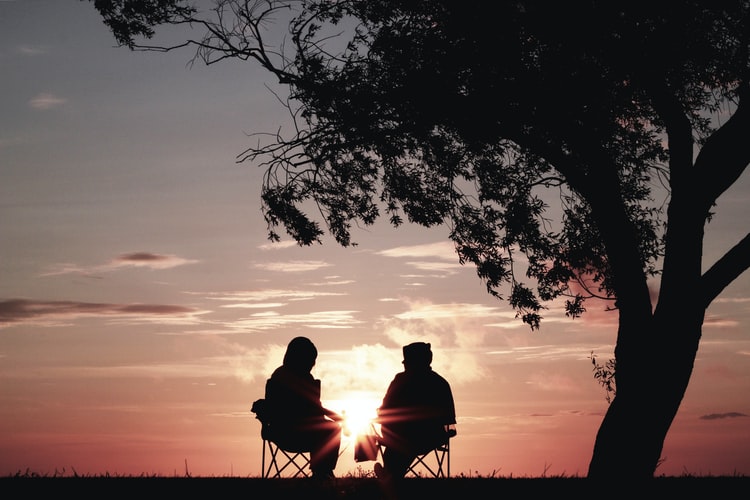
Life is an experience. Substance dependence overtakes a person’s ability to make her own decisions to experience life, and life is no longer actively participated in. Therefore, in overcoming addiction, it is vital to learn to re-experience life. This lesson helps a treatment center resident reintegrate into the world after therapy is through. Experiential therapy is this bridge to leaving a life of substance dependency and commencing a life of health, both physical and mental. Experiential therapy is a necessary component in the steps towards complete therapy. In addition to counseling and more traditional therapies, experiential is the door to the world – it forces the patient to test herself, to get up when she falls, to learn that giving up is not an option. This is a vital lesson to learn when overcoming addiction, as when problems arise after therapy, the former patient will remember that there are other means of dealing with problems than turning back to addiction.
Experiential therapy includes many various forms and can be divided into two main categories: outdoor experiential therapy and indoor experiential therapy. Both aim at physical and mental challenges to succeed. Equine therapy, which falls within the category of outdoor experiential therapy, is worth reviewing on its own due to its uniqueness and successful results. Research supports the use of experiential therapy, as motivation increases and social integration is easier through the experience of such therapy.
The great outdoors is well known for its healing abilities, and exercise in itself releases the same good-feeling endorphins as a high does. There we have it: the high that is healthy. Outdoor experiential therapy utilizes nature to help residents work through their problems and free themselves from dependency through the physical challenges offered in nature. Activities can include winter sports like snowshoeing, and summer sports like hiking. More radical activities, like a heli-experience, are also possible. The heli-experience takes people to literally previously unknown heights. In opening new worlds, these experiences reconnect residences to their world, which is so important to eventually help them reconnect with the people who live in this world. While outdoor activities are beneficial for the social aspect of interacting with other residents, their main achievement is to make the resident introspect and put a perspective on the resident’s own life in the context of the towering natural world.
Indoor experiential therapy can be based on indoor ropes and challenge courses. While also containing the aspect of physical challenge, indoor experiential therapy is a greater internal challenge. The resident must mentally prepare herself for the challenges that come at such heights. Also, trust is an invaluable lesson learned in indoor therapy. Partners rely on each other to succeed in these activities, thus learning to communicate effectively and learning to trust another. This can be an especially difficult aspect of healing from addiction, as for so many, trust is not a part of a life of addiction. Learning to rebuild personal self-confidence and trust in others is vital for a successful recovery from substance dependence. Reintegrating into society after therapy is one of the most difficult aspects of recovery, so having a treatment program that rebuilds the elements of trust and confidence, needed for a successful life in our society, is especially beneficial.
Equine therapy, a certain highlight of the outdoor experiential therapy, combines aspects used both in outdoor and indoor therapy. From the aspect of the outdoors, equine therapy offers the chance to be with, in and beyond nature, with a living being that sees us only for who we are. Horses are extremely intelligent creatures, having a special history with the human race. So vital in the development of the modern world, horses were the first vehicles for transporting messengers and mail efficiently, as the Pony Express reminds us, and were man’s trusted guides in exploration and on battlefields. And, while a horse does not judge mankind, it certainly can read a character and will cleverly use a human’s personality to its advantage. Trust is an essential element of equine therapy, and it is a relationship with a creature that will not lie about its feelings. When a genuine friendship is formed between horse and man, it is a lifelong bond. Equine therapy combines the power of nature and a physical challenge with the need to build a trusting relationship with a fellow living creature and increase self-confidence. In this manner, equine therapy is especially helpful for residents of treatment centers, as it combines all elements so beneficial to recovery in one activity.
Experiential therapy teaches lessons of confidence in the self as well as in others, and teaches facing challenges and overcoming them. Motivation is of prime importance in overcoming an addiction, and what better place to find motivation than where we naturally seek it: in situations that encourage us to aim higher than we imagine is possible. Through the motivation that appears in the physical activities, treatment center residents learn to carry it over to their own lives and find the necessary motivation to deal with personal issues. Simultaneously building confidence and trust in themselves and others only strengthen the desire for motivation. The added health benefits of partaking in physical exercise show themselves both on the bodies and minds of patients. Getting the body into shape helps stabilize the mind, and helps lead a generally healthier life. There is never an easy cure to addiction, and many paths and steps must be followed to guide to a better life. The step of experiential therapy is one of the most rewarding steps in treatment, as the treatment resident is aware first-hand of its results. This personal feeling of achievement in overcoming challenges makes great headway in the recovery process from addiction.

